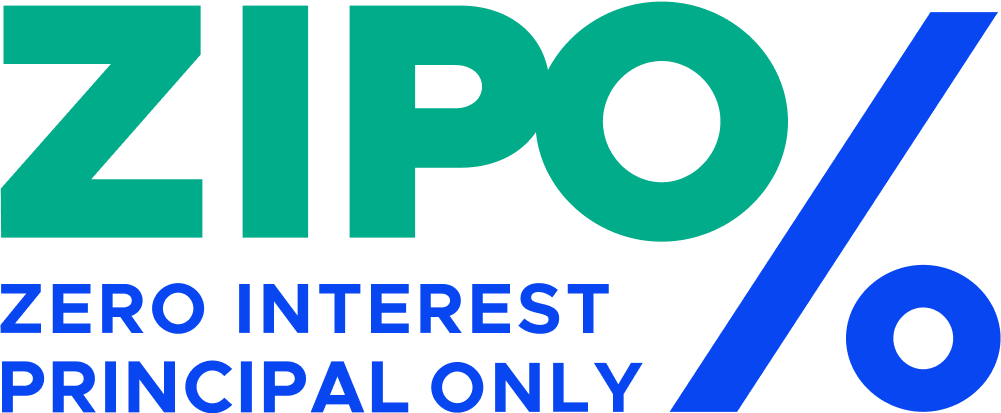NEWS
When Do You Draw the Line with Student Loans?
Making a financial plan for college can send your brain into overdrive. While you or your parents might’ve been saving up for this moment for years, you are likely to still find yourself facing the need to apply for student loans. Racking up large amounts of debt is easier than you might think when it comes to paying for your education. Tuition rates tend to rise from one year to the next, and you might face deciding whether or not to go to a more expensive school. Working through these steps can help you know when to draw the line on an offer for a student loan.
Analyze How Excessive Student Debt Impacts Your Future
When you’re looking at taking out a loan of thousands of dollars, it is far too easy to agree to tack on more debt to the total since the amount is already staggering. However, even small debts can impact your future for years to come. Owing too much on your loan could hold you back from being able to purchase a home or car. While education is important, you’ll want to make sure going to school doesn’t stop you from making other essential financial decisions.
Calculate an Estimate of the Monthly Payments
Many lenders don’t fully outline what you’ll need to expect regarding your future repayment plan. This can cause you to face unnecessary financial hardship after you finish going to school. You can easily avoid this by using an online calculator to get an estimate of what your future monthly payments will be with a specific loan amount and interest rate. Play around with this for a bit to see at what point you might no longer be able to afford the monthly payment.
Be Realistic About Your Earning Potential
You might feel like you can easily make that payment once you finish your engineering or medical degree. Yet, most people also face additional financial challenges when they first enter the workforce. For instance, you might be dealing with the cost of relocating and buying a home in an area with open positions in your field. Or, you might discover that getting a job is harder than you thought in a competitive career market. Aim to spend less on your monthly payments than you think you can afford to accommodate for any unforeseeable pitfalls.
Ask Yourself If Taking On Extra Debt Is Worth It
That Ivy League university might be calling your name with their promises of opportunities to network and enjoy luxury amenities. However, it might not be worth paying an extra $50,000 when a school near you could offer you all the services you need for obtaining success in your future career. You might be able to cut out the need to take on more debt by choosing a less expensive school if your chosen career doesn’t require a degree from a more expensive university. You might also be able to draw the line on debt by opting to go to school close to home so that you can save on room and board.
There isn’t a clear right or wrong answer about when you should draw the line on student loans. Your current financial standing, future career plans, and lifestyle preferences all influence how much you should spend on your education. While you might be able to spend more or less than another student, you can help to make sure that everyone has more freedom from debt by working together to insist on zero-interest loans for all.
